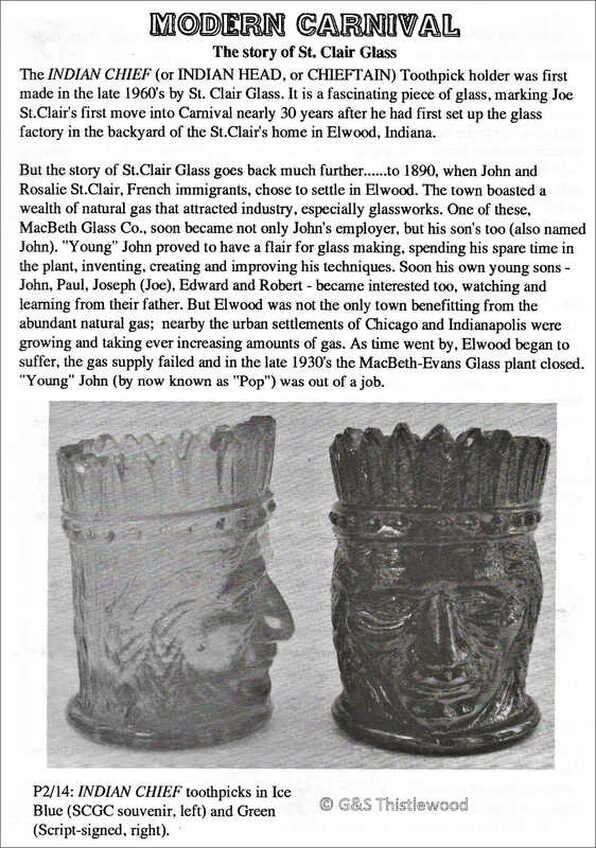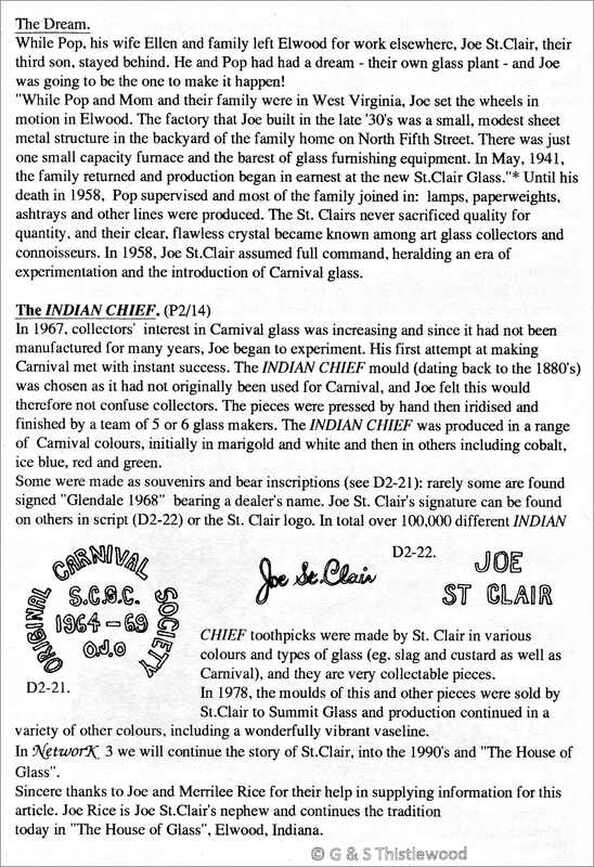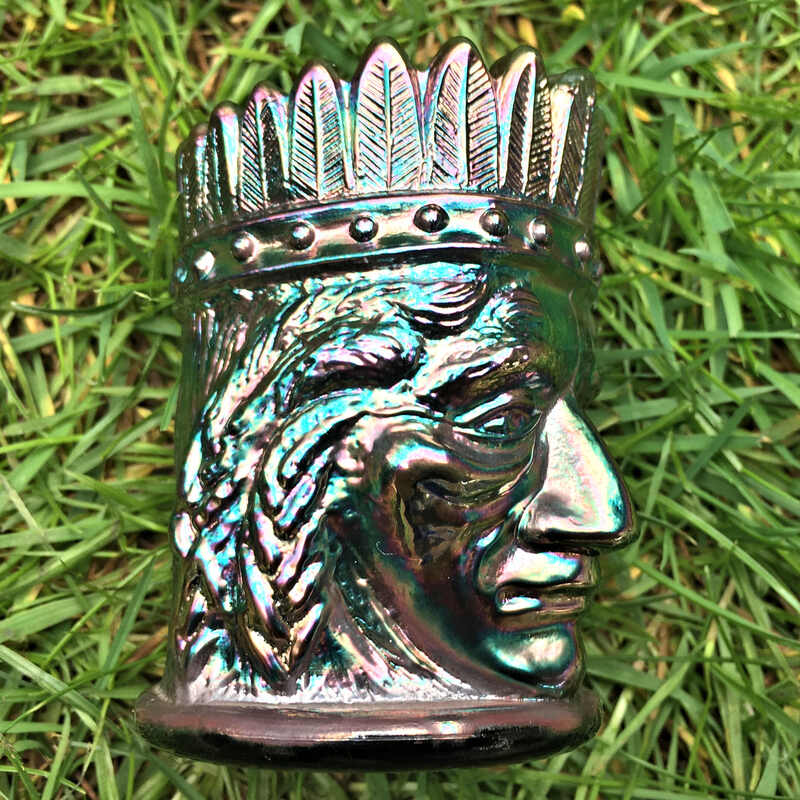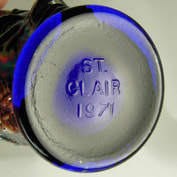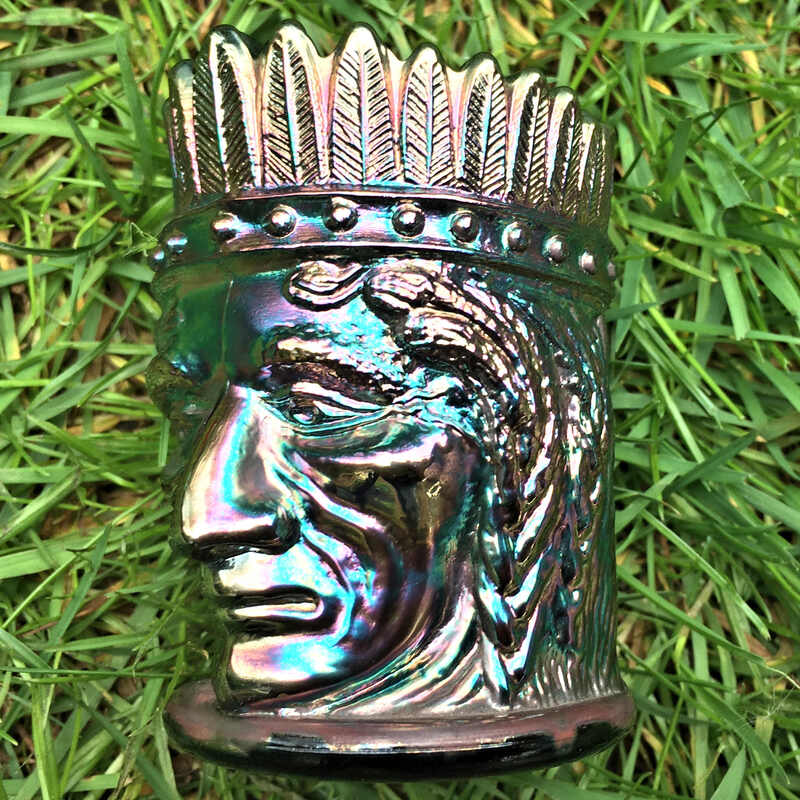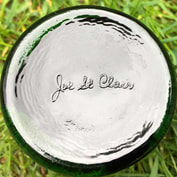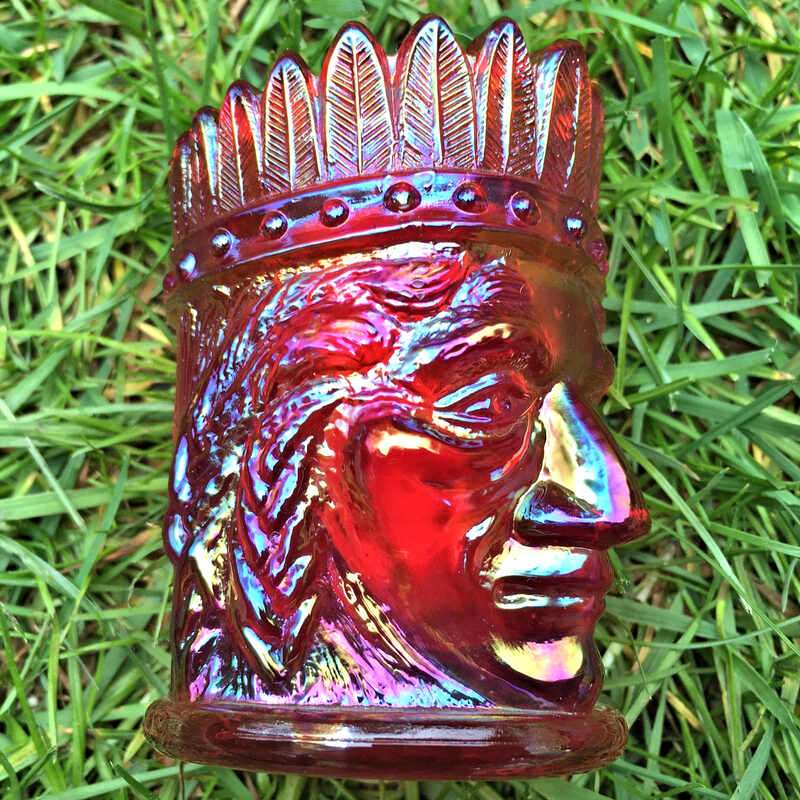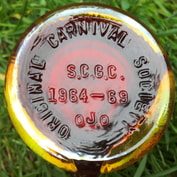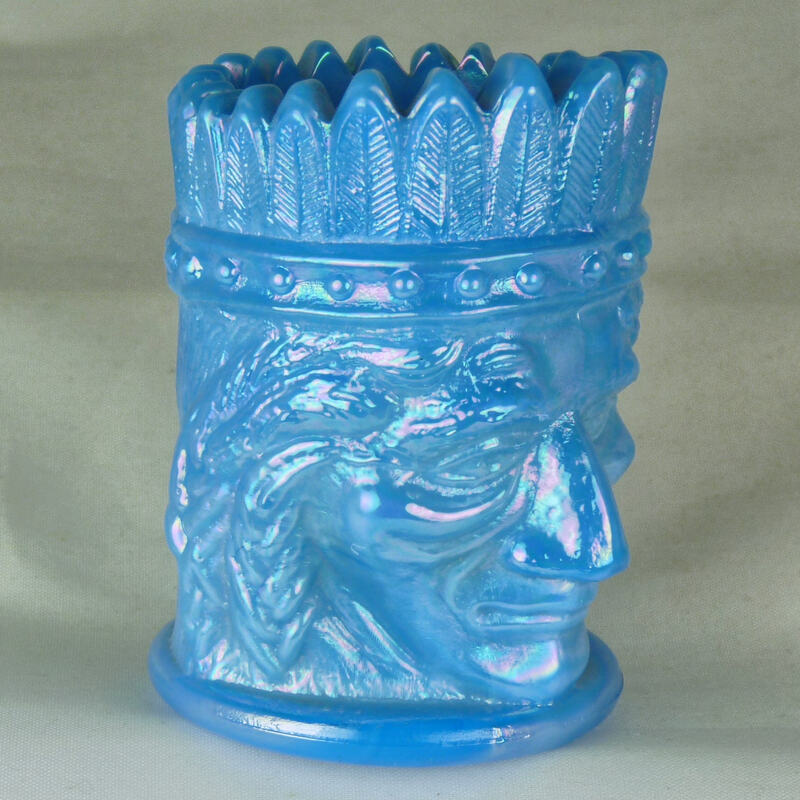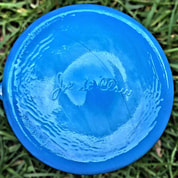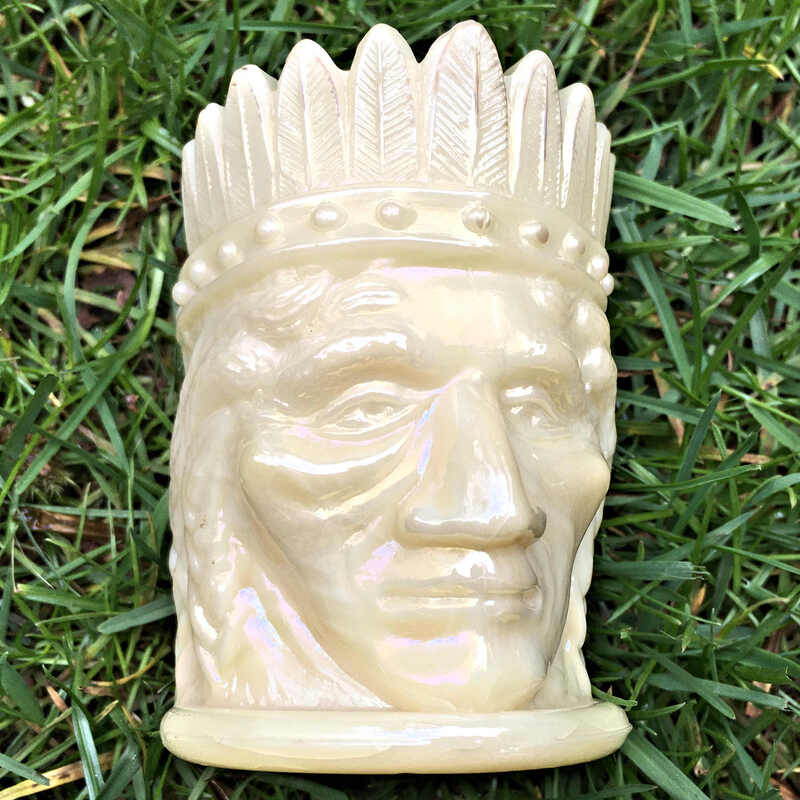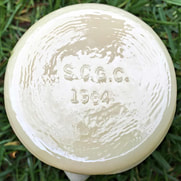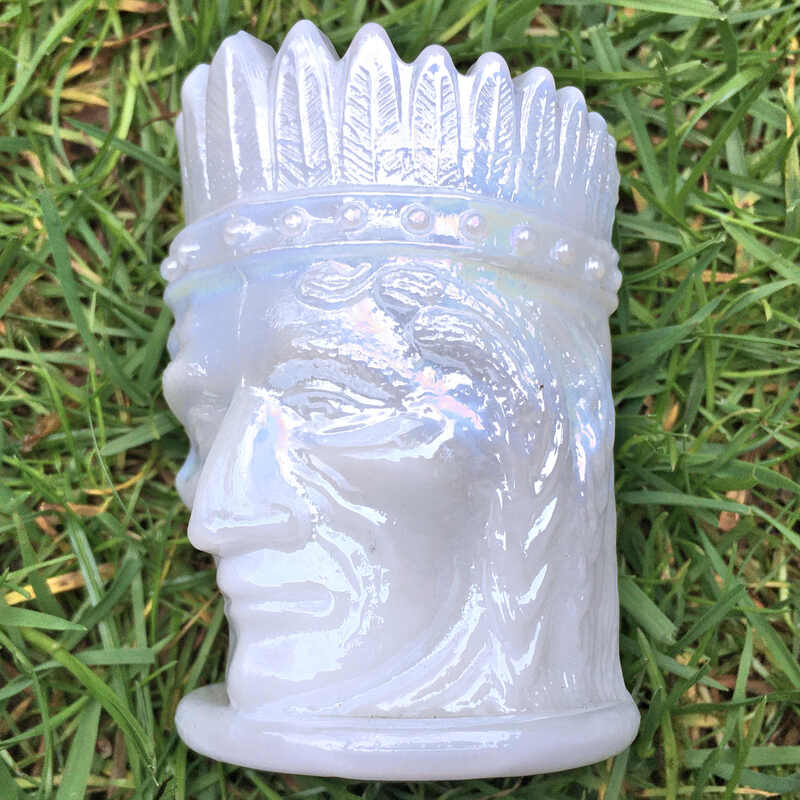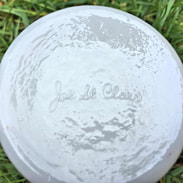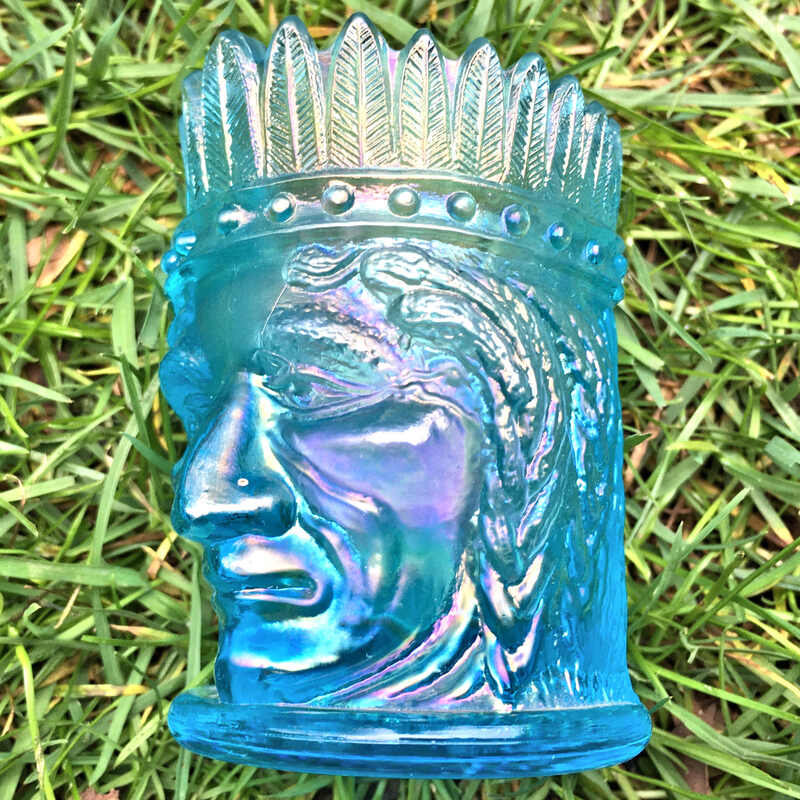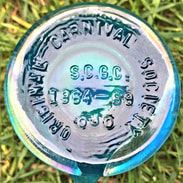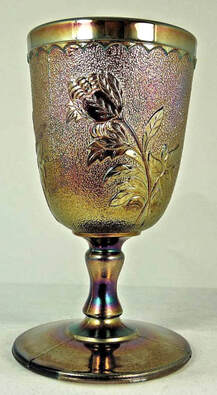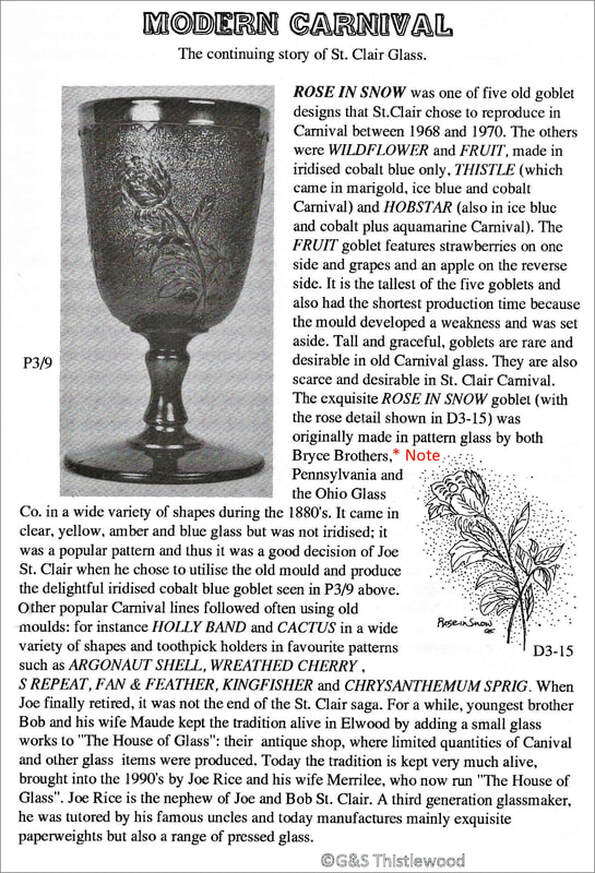St. Clair - Contemporary Carnival
The articles below are from NetworK #2 and #3, 1994.
NetworK was authored and issued by Glen & Stephen Thistlewood.
NetworK was authored and issued by Glen & Stephen Thistlewood.
* Note: CORRECTION and UPDATES
"The Continuing story of St. Clair Glass" was written in 1994 based on the information that we had at the time. However, we now know about the Rose in Snow and the Holly Band patterns.
Rose in Snow. The information about the original makers being Bryce Brothers and Ohio Flint came from Kamm and is not correct. The original maker was Campbell, Jones & Company. It was their No. 125 pattern introduced in 1883. Source: Iowa State University Museum - Campbell, Jones #125
The mould used by St. Clair is thought to be a reproduction.
Holly Band. The original version of this pattern was made by Indiana Tumbler and Goblet Company of Greentown. It was their #450 range, originally from 1903. The company operated for 9 years, from 1894 to 1903, when a fire destroyed the factory. The St. Clair version is a reproduction.
"The Continuing story of St. Clair Glass" was written in 1994 based on the information that we had at the time. However, we now know about the Rose in Snow and the Holly Band patterns.
Rose in Snow. The information about the original makers being Bryce Brothers and Ohio Flint came from Kamm and is not correct. The original maker was Campbell, Jones & Company. It was their No. 125 pattern introduced in 1883. Source: Iowa State University Museum - Campbell, Jones #125
The mould used by St. Clair is thought to be a reproduction.
Holly Band. The original version of this pattern was made by Indiana Tumbler and Goblet Company of Greentown. It was their #450 range, originally from 1903. The company operated for 9 years, from 1894 to 1903, when a fire destroyed the factory. The St. Clair version is a reproduction.
More Blasts from the past!
